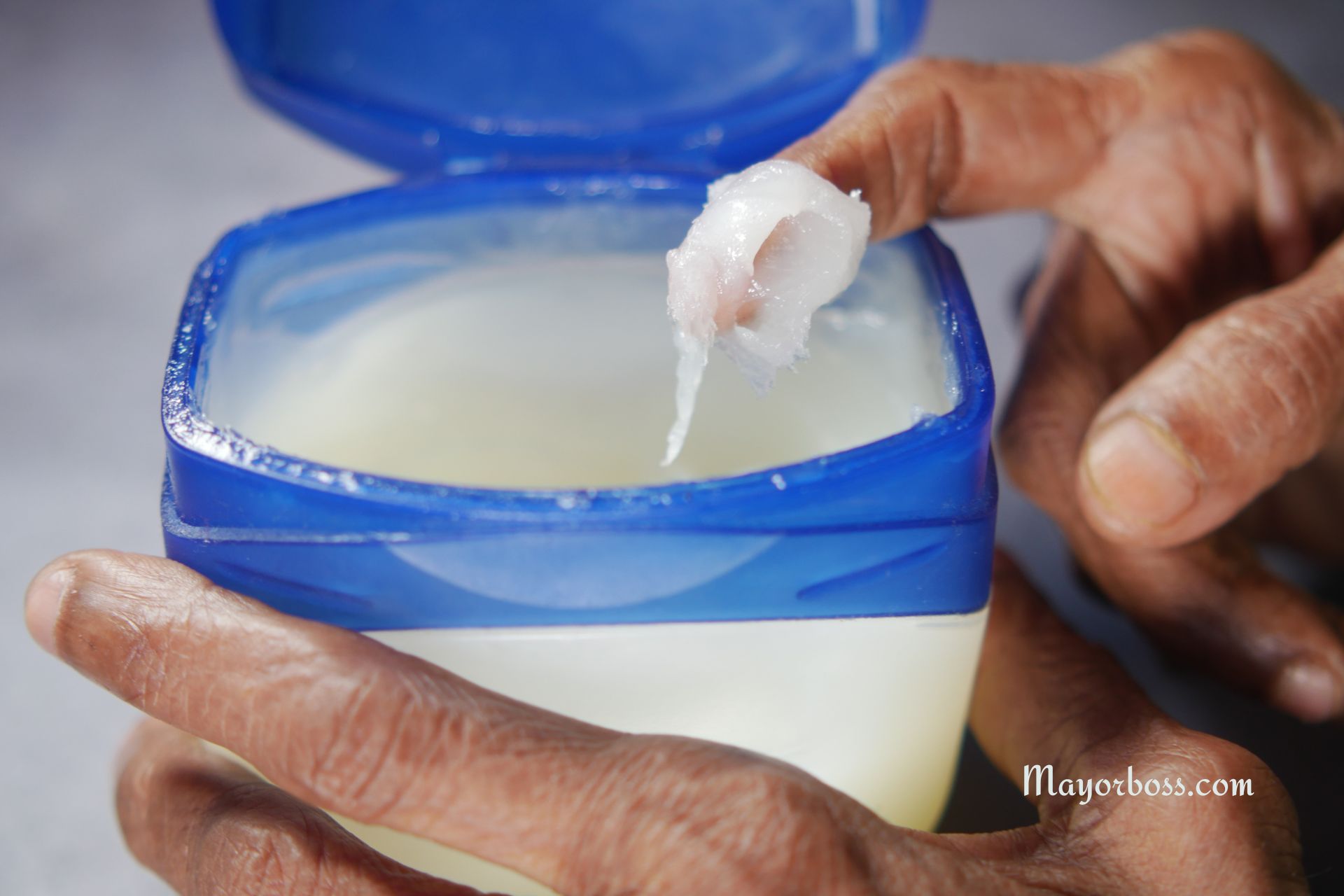Can I Use Vaseline After Shaving?
Shaving is a routine part of grooming for many people, but it can sometimes leave the skin feeling dry and irritated or even cause razor burns. Finding the right product to soothe and moisturize the skin afterward is crucial for maintaining healthy, comfortable skin. One commonly available product is Vaseline (petroleum jelly). Its versatility and protective qualities might make you wonder: can I use Vaseline after shaving? Let’s dive into this topic to provide a comprehensive guide on using Vaseline post-shaving.

Understanding Vaseline and Its Properties
Vaseline, a brand of petroleum jelly, is a blend of mineral oils and waxes. This combination forms a semi-solid jelly-like substance. It has been used for decades to protect and heal dry skin, minor cuts, and burns. Due to its occlusive properties, Vaseline creates a protective barrier on the skin, locking in moisture and aiding the skin’s natural healing process.
The Benefits of Using Vaseline After Shaving
- Moisturizing: Vaseline is an excellent moisturizer. Shaving can strip the skin of its natural oils, thus leaving it dry. Applying Vaseline can help restore the skin’s moisture balance.
- Protective Barrier: It forms a protective layer over the skin. This barrier can protect newly shaved skin from external irritants, potentially reducing the risk of razor burns and bumps.
- Soothes Irritation: For those with sensitive skin, Vaseline can soothe irritation and reduce the discomfort associated with shaving.
How to Use Vaseline After Shaving
- Cleanse the Skin: Always start with clean skin. Use a gentle cleanser to remove any shaving cream or gel residue.
- Pat Dry: Gently pat your skin dry with a soft towel. Avoid rubbing, as this can irritate the skin.
- Apply Thinly: Use a small amount of Vaseline, spreading it thinly over the shaved area. A little goes a long way.
- Avoid Sensitive Areas: Be cautious when applying Vaseline near sensitive areas, particularly the face and bikini line. Its thick consistency can clog pores, leading to breakouts or irritation.
Considerations and Cautions
- Skin Type Matters: Individuals with oily or acne-prone skin should use Vaseline sparingly, as it may exacerbate these conditions.
- Quality Product: Ensure you are using 100% pure petroleum jelly without any added fragrances or irritants, which could cause skin reactions.
- Alternative Moisturizers: If Vaseline doesn’t suit your skin type, consider alternatives like aloe vera gel, which is lighter and has healing properties.
Frequently Asked Questions
- Can Vaseline cause acne after shaving? While Vaseline itself does not cause acne, its occlusive nature means it can trap oil and debris on the skin, potentially leading to breakouts if used on acne-prone areas.
- Is it safe to use Vaseline on all body parts after shaving? Yes, it is generally safe. However, exercise caution when applying it to the face or other areas with sensitive skin to avoid clogged pores.
- How often should I apply Vaseline after shaving? You can apply Vaseline each time you shave to moisturize and protect the skin. For daily shavers, a light application once a day is sufficient.
Summary
In conclusion, Vaseline can be a beneficial product to use after shaving for most skin types, thanks to its moisturizing and protective properties. It is especially useful for those looking to soothe and hydrate their skin, creating a barrier against irritants. However, individuals with oily or acne-prone skin should use it with caution to avoid potential skin issues. Always choose high-quality, pure petroleum jelly and consider your skin’s needs when deciding whether Vaseline is the right post-shave product for you. With proper application and consideration, Vaseline can be an effective addition to your post-shaving routine, providing comfort and care to your skin.
Incorporating Vaseline into your grooming routine can enhance skin health, alleviate discomfort from shaving, and ensure your skin remains supple and well-protected.
